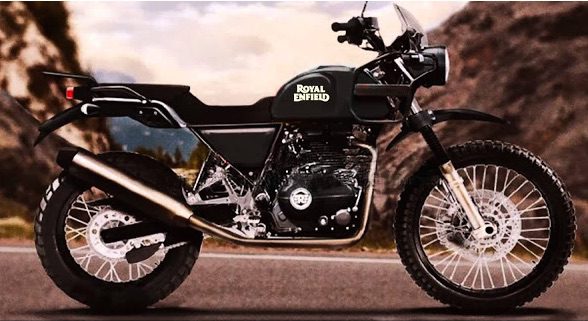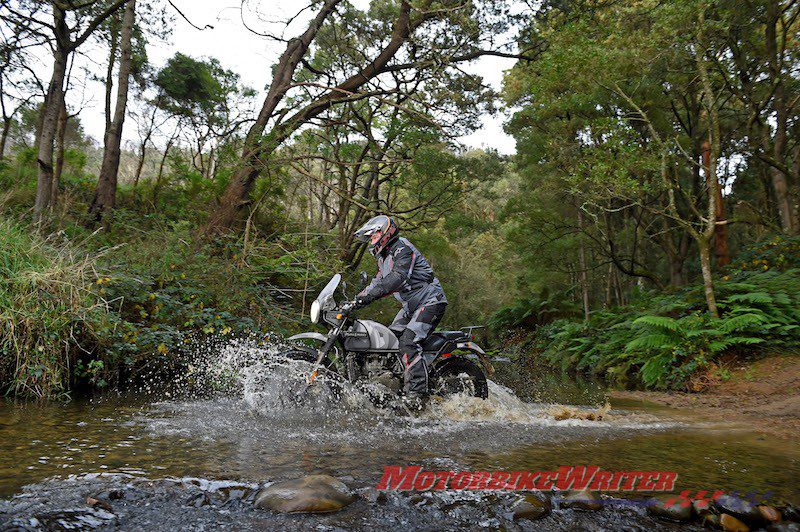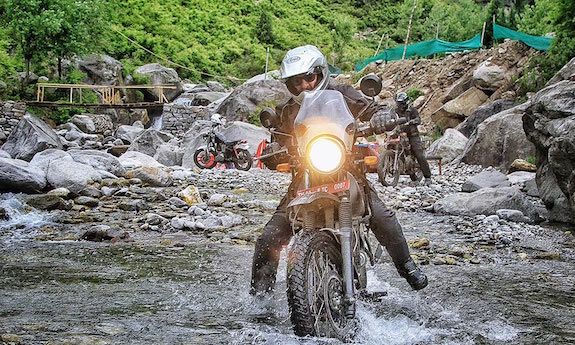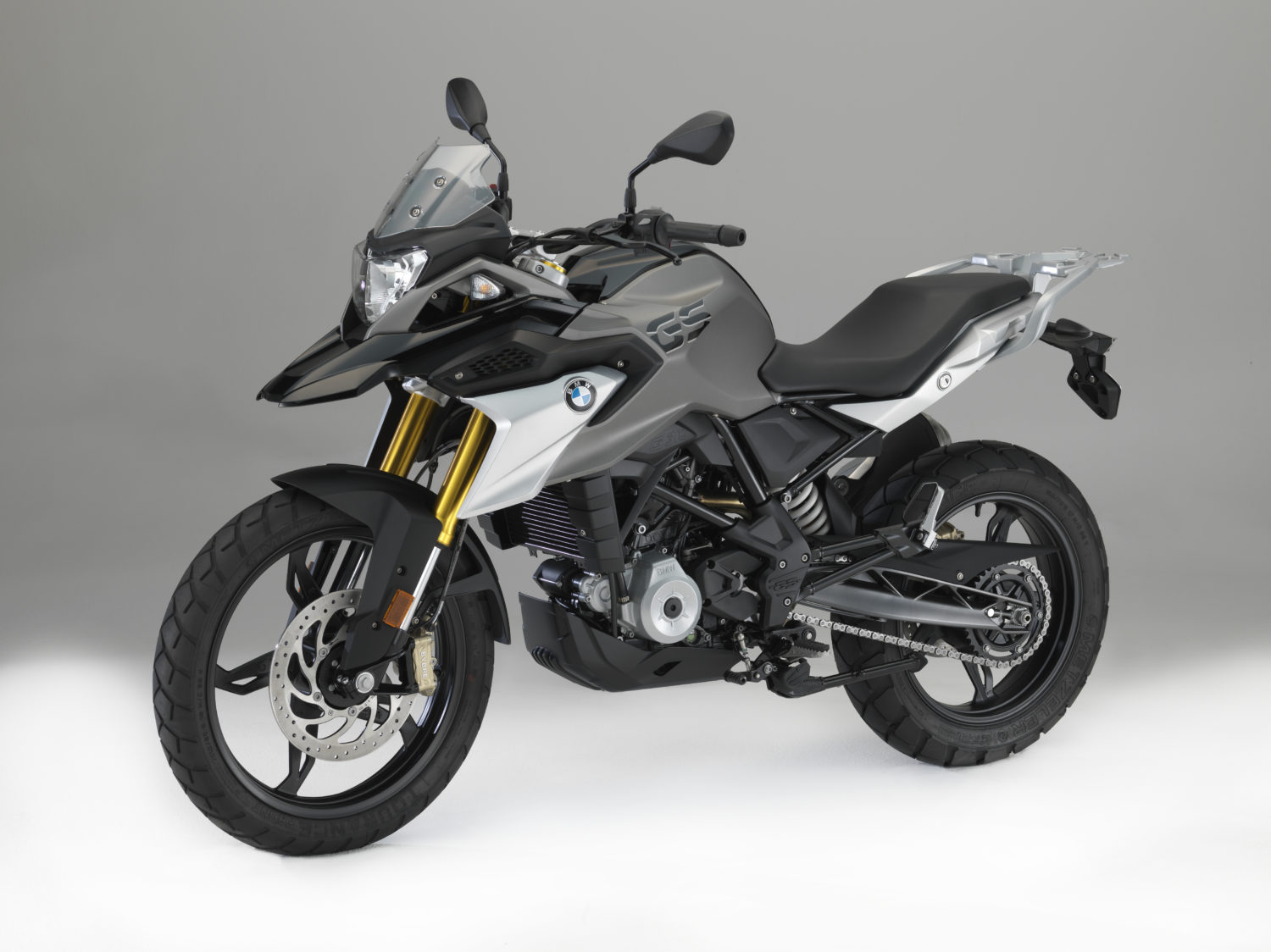The Royal Enfield Himalayan is an Indian adventure motorbike. It’s a very versatile bike that can be used for different types of terrain.
Before we get deep into this Royal Enfield Himalayan review, let’s take a brief look at the history of this motorbike.
About the Royal Enfield Himalayan
This bike is manufactured in Chennai, a city in south-east India. The motorbike industry in India is one of the largest in the world. The country has a growing population that has already crossed 1.3 billion. Some of the top motorbike manufacturers in the country roll out 1 million motorbikes per month.
Royal Enfield make a range of highly rated motorcycles, including the Continental GT, Thunderbird, Interceptor 650, Bullet, Classic 350 and the Himalayan. The average Indian rider is more interested in fuel efficiency than power or torque, which explains why most motorbikes in the country are less than 150 ccs.
As well as using motorcycling in Indian cities, many people like to ride their motorcycles in tour groups, including Royal Enfield’s own Rides program, to adventurous routes into the Himalayas.
What’s interesting about the Royal Enfield’s Himalayan motorbike is that it was designed for bike users tackling the broken roads of the countryside in India. That was the original target market. It was not meant to be a performance-oriented motorcycle. Instead it was aimed at customers who value affordability.
With that objective in mind, the motorbike was designed to have competent ride and handling, comfort and agility while being reasonably affordable. All those characteristics made it into an adventure bike not just for India, but for the rest of the world.
It is now a popular affordable adventure bike in the United States for use on dirt roads, rough terrain and mountain treks. The tagline for Himalayan is: “Built for all road. Built for no roads”.
Royal Enfield Himalayan BS6 vs. Earlier Models

The first-generation Himalayan had minor niggles that have been sorted out, and it has now become a great bike to take on a rough road or a long ride. The Royal Enfield Himalayan BS6 has all the features that a motorcycle in this category needs to have, including a switchable ABS (Anti-lock Braking System).
The design of the Himalayan is an embodiment of the Royal Enfield Bike ethos of minimalistic design and strong personality. The BS6 model has a bit more color than previous models, giving it more character.
Engine, Torque and Horsepower
The emission standards have been upgraded with a BS6 engine. The fuel economy is also better with the new version. The 411 CC SOHC fuel injection based single cylinder engine delivers 24.3 bhp and 32 Nm torque at 6500 rpm.
For motorbike enthusiasts, it becomes a matter of intense discussion whether torque is more important or horsepower. It is important to understand the difference between horsepower and torque. The horsepower has the capability of delivering more speed for the motorbike, whereas torque at higher rpm allows for greater horsepower.
So one is not more important than the other, it just depends on the situation. For the motorbike buyer, it is recommended to buy a motorbike with a good balance between torque and horsepower.
With previous Himalayan models, there were some complaints regarding excessive engine vibration. With the new model, there is an improvement in vibration control. The engine can run speeds of up to 100km/h smoothly.
Vibrations do start to become an issue around 125km/h, but that speed won’t be reached very often. This is not a performance-based motorbike. The beauty of the motorbike is in its agility and handling.
Comfort & Riding Experience

Riding the motorbike for long hours is not a problem. The bike has a low seat height, ideal for balance and stability.
The suspension is long-travel, which is great for rougher roads as it does not pass the bumps on to the rider. On a highway, it does feel a bit sluggish. The rear suspension could have been made slighter stiffer but no complaints if you are riding the biking on rougher roads.
The Himalayan has front suspension travel of 200 mm and rear suspension travel of 180 mm. Group clearance if 220 mm and 800 mm seat height. The fuel tank has a 15-liter capacity. The chassis feels solid and well built. The size of the motorbike is well-proportioned to its components.
The riding position is comfortable with a relaxed riding stance assisted with a raised handlebar and neutrally placed foot pegs. The saddle of the Himalayan is most comfortable for motorbikes of its price range.
The length of the side stand is shorter in the new version, allowing for improved stability while parking. This is an important feature when parking on rough terrain. The tall handlebar and scooped seat mean the rider feels comfortable while feeling in control of the bike.
The high instrument cluster adds to the commanding view. The padding in the seat is firm while the fabric used feels durable.
Braking
The braking performance of the Himalayan is excellent. Royal Enfield has recalibrated the ABS taking it to a higher level of refinement. The ABS can be switched on or off on the real wheel. This feature will be most appreciated by off-road riders.
Switching the brakes on or off the rear wheel allows for the motorbike to slide, an important maneuver for adventure seekers. The front wheel has the standard braking mechanism.
The rear disc of the brake seems to have more bite in the new version. The braking does feel a bit spongy but for a 200 kg motorbike, a little softness in the braking is required. The front brakes have a 300 mm disc while the rear brakes have a 240 mm disc.
Tyres
The tyre brand used on the Himalayan is the most trusted brand in India, Ceat Tyres. The motorbike features the Gripp XL tyres. They are known for their block pattern design.
Instrument Cluster
The instrument cluster has been slightly updated from the previous models. The ABS switch on-off button has been added but other than that, the appearance of the instrument cluster remains similar.
There are two trip meters on the panel giving you average speeds, fuel gauge, and the current time. Hazard lamps have been added to the handlebar. There is a rear rack for storage.
Some riders have added accessories such as heated grips for trips to the colder climate and engine guard for protection. Some users are also using a crash bar system that can protect the motorbike from tip-overs. Crash bars are designed to distribute the force of the impact.
Alternatives
Some of the main competitors in this category are the BMW G 310 GS and the KTM Adventure 390.
Royal Enfield Himalayan vs. KTM Adventure 390
The Himalayan has a bigger engine and a more powerful ride compared to the KTM Adventure 390, which has a slightly higher maximum torque. The Himalayan has substantial longer suspension travel is much heavier compared to the KTM. The Himalayan is loaded with more features and offers better value for money compared to the KTM.
Royal Enfield Himalayan vs. BMW G 310 GS
Compared with the BMW G 310 GS, the Himalayan is much cheaper, offering better value for money in terms of the features offered. The Himalayan has a more solid feel to it with more weight and longer overall length.
Unsurprisingly given that the BMW is so much more expensive, it does have some extra features such as a digital instrument panel and indicators. However, for the difference in price, it just doesn’t offer that much more.
For the brand-conscious, BMW will still be ahead in the race but from a value for money, the Himalayan is the winner.
If you get a chance to visit a Royal Enfield dealer, ask to try the Himalayan test bike and you will be able to experience the solid, powerful, and agile ride of the Himalayan motorbike.
Conclusion
Make no mistake, the Himalayan can be a pretty strong city bike. Even with one cylinder, it doesn’t feel slow in an urban setting.
With its superior handling, lane changing and cornering is very smooth. The three-piece crankshaft provides a great balance for a motorbike this size.
However, the beauty of the motorbike is on an off-road adventure. The greatest value proposition is the Himalayan’s strong quality and affordability.
(Contributed post for our North American readers)




